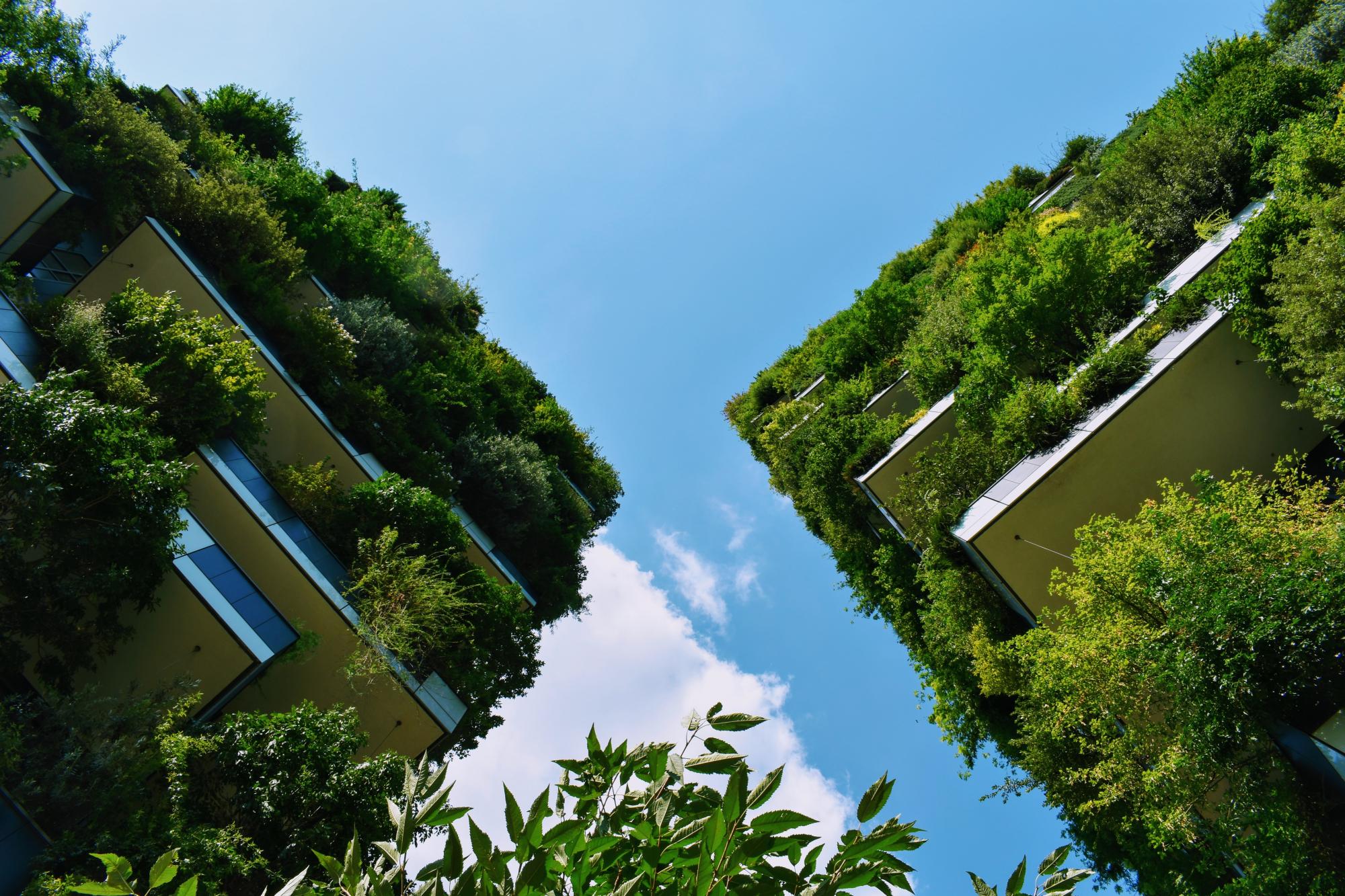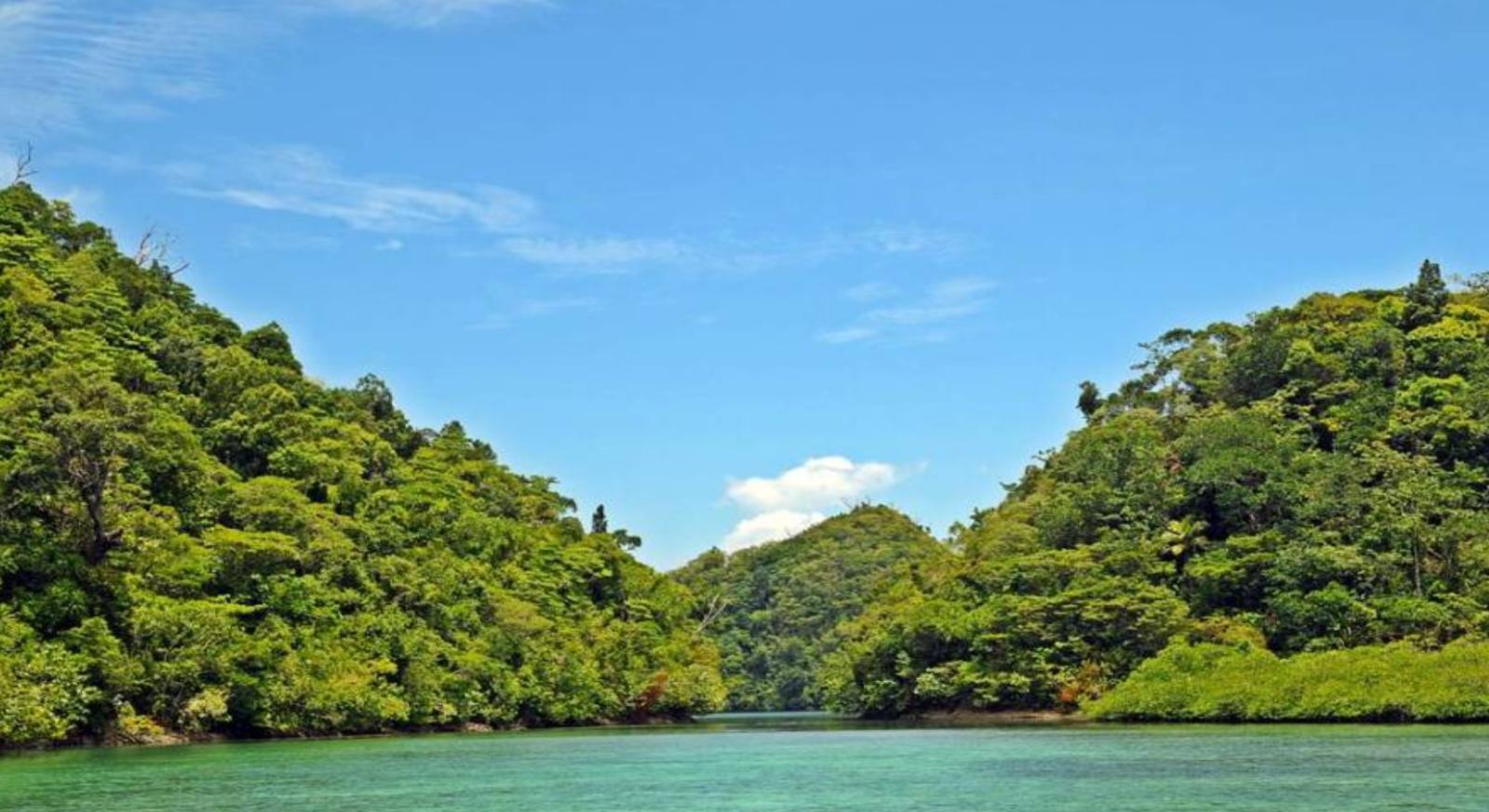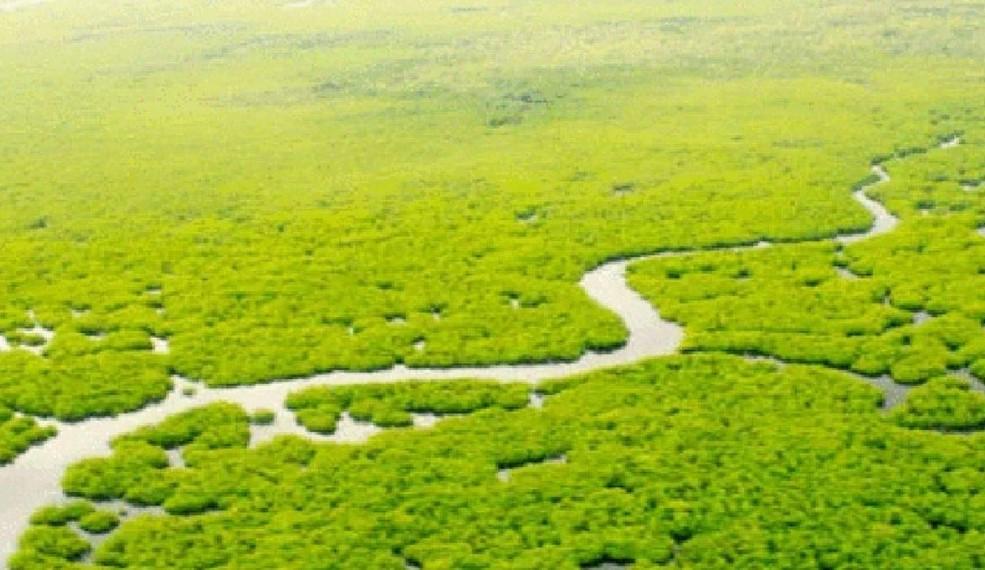"Siargao It Up" is the mangrove conservation programme in Del Carmen, Siargao Islands of the Philippines. The municipality of Del Carmen hosts the largest mangrove forest in the Philippines – consisting of 4,871 hectares as of 2018. This mangrove forest is the habitat of rare and endangered species of flora and fauna both in marine, wetland and terrestrial areas. This ecosystem helps maintain the island's ecological balance by providing rich breeding grounds for aquatic lives. Furthermore, the forest plays a key role in capturing and storing carbon and helps the Philippines to meet its goal of carbon emission reduction. In addition to creating habitats and storing carbon, the forest also protects the community from the inevitable effects of climate change disasters. Recently, in December 2021, it was able to protect the residents from the onslaught of Typhoon Odette. [1, 2, 3]
Overview
Nature-based solution
- Blue infrastructure
- Coastlines
- Coastal wetland, mangroves and salt marshes
Key challenges
- Climate action for adaptation, resilience and mitigation (SDG 13)
- Climate change adaptation
- Coastal resilience and marine protection (SDG 14)
- Coastal protection / hazard mitigation
- Marine and coastal biodiversity protection
- Marine and coastal research and/or education
- Green space, habitats and biodiversity (SDG 15)
- Habitat and biodiversity restoration
- Habitat and biodiversity conservation
- Green space creation and/or management
- Water management (SDG 6)
- Flood protection
- Social justice, cohesion and equity (SDG 10)
- Environmental education
- Economic development and employment (SDG 8)
- Economic development: agriculture
- Tourism support
- Employment/job creation
Focus
Project objectives
Implementation activities
Climate-focused activities
Climate change adaptation:
- Protect coastal and freshwater ecosystems to prevent coastal erosion and pollution
- Restore wetlands and/or coastal ecosystems to dissipate the effects of flooding and/or storms
Biodiversity conservation or restoration-focused activities
Biodiversity conservation:
- Protect and enhance urban habitats
- Preserve and strengthen existing habitats and ecosystems
- Create new habitats
- Reduce negative impacts and avoid the alteration/damage of ecosystem
- Protect species
- Undertake specific measures to protect species
- Undertake specific measures to protect native species
- Undertake specific measures to protect valued species
- Means for conservation governance
- Manage biological resources for conservation and sustainable use
- Raise public awareness
- Public engagement
- Create and use scientific knowledge for conservation
- Capacity building
Biodiversity restoration:
- Rehabilitate and restore damaged or destroyed ecosystems
- Restore native species
- Restore valued species
- Public engagement
Main beneficiaries
- Local government/Municipality
- Private sector/Corporate/Company
- Citizens or community groups
- Food producers and cultivators (i.e. farmers, gardeners)
Governance
Management set-up
- Co-governance with government and non-government actors
Type of initiating organisation
- Local government/municipality
- Private sector/corporate actor/company
Participatory approaches/ community involvement
- Taskforce groups
- Dissemination of information and education
- Joint implementation (e.g. tree planting)
- Citizen oversight (e.g. boards, advisory)
Details on the roles of the organisations involved in the project
Project implemented in response to ...
Financing
Total cost
Source(s) of funding
- Public local authority budget
- Private Foundation/Trust
Type of funding
- Earmarked public budget
- Direct funding (grants, subsidies, or self-financed projects by private entities)
Non-financial contribution
Impacts and Monitoring
Environmental impacts
- Climate change
- Increased protection against sea level rise
- Strengthened capacity to address climate hazards/natural disasters
- Enhanced carbon sequestration
- Water management and blue areas
- Improved water quality
- Increased protection against flooding
- Improved stormwater management
- Enhanced protection and restoration of coastal and marine ecosystems
- Green space and habitat
- Increase in protected green space areas
- Increased conversion of degraded land or soil
- Reduced biodiversity loss
- Increased number of species present
- Increased protection of threatened species
Economic impacts
- Increase of green jobs (e.g. paid employment positions)
- More sustainable tourism
- Stimulate development in deprived areas
- Increase in agricultural production (for profit or not)
- Generation of income from NBS
Socio-cultural impacts
- Social justice and cohesion
- Fair distribution of social, environmental and economic benefits of the NBS project
- Improved liveability
- Increased access to healthy/affordable food
- Cultural heritage and sense of place
- Protection of natural heritage
- Education
- Increased support for education and scientific research
- Increased knowledge of locals about local nature
- Safety
- Improved community safety to climate-related hazards
- Decreased crime rates
Type of reported impacts
Presence of formal monitoring system
Presence of indicators used in reporting
Presence of monitoring/ evaluation reports
Availability of a web-based monitoring tool
References
2. Galing Pook (n.d.) Siargao It Up! The Del Carmen Mangrove Management Program. URL: Source link. Accessed on 28th April, 2022
3. Team Energy Center for Bridging Leadership. (2021) Del Carmen, Siargao Islands Partners with Wellife Corporation for Mangrove Conservation. Asian Institute of Management. URL: Source link. Accessed on 28th April, 2022.
4. Layug, B. (2017) Mangrove Protection and Information Center (Del Carmen, Surigao del Norte). URL: Source link. Accessed on 28th April, 2022.
5. Forest Foundation Philippines (2016) Mangrove cutters-turned-fish wardens now protect the mangroves of Siargao Islands. URL: Source link. Accessed on 28th April, 2022.
6. Municipality of Del Carmen (n.d.) Awards and Recognitions. URL: Source link. Accessed on 28th April, 2022.


